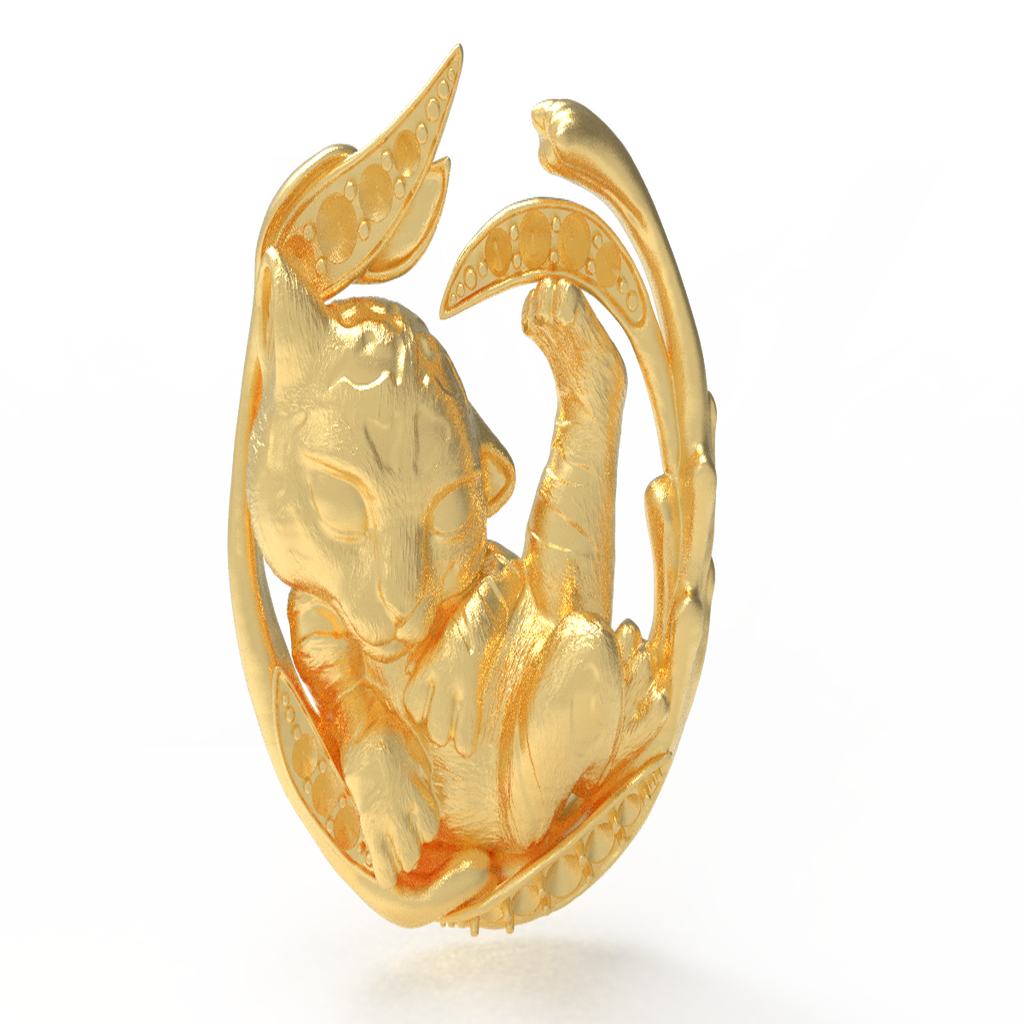
Tigra Necklace
thingiverse
Jewellery has been a part of human culture for thousands of years, with different cultures using it for various purposes. The earliest known jewellery was created by Neanderthals in Europe around 115,000 years ago. Early humans used crude materials such as bone, teeth, berries, and stone to create necklaces and bracelets. Over time, the use of metalworking techniques allowed for the creation of more intricate and decorative pieces. The first sign of copper jewellery appeared around seven-thousand years ago. Archaeologists have found evidence of jewellery making in ancient cultures such as the Egyptians, where they created elaborate beads from materials like lapis lazuli and travertine. Jewellery has also played a significant role in societies' influence on its use and acceptance. For example, sumptuary laws dictated who could wear what type of jewelry based on their social status. Cultural dictates have also influenced the use of jewellery, such as the wearing of earrings by Western men being considered effeminate in the 19th century. Religion has also played a role in societies' influence on its use and acceptance. Islam considers the wearing of gold by men to be a social taboo, while Christianity has injunctions against the wearing of gold. Some Christian denominations, such as Amish-Mennonites and Holiness churches, forbidding the use of jewellery by both men and women. The history of jewelry is long and varied, with many different cultures contributing to its development. From the early humans who created crude necklaces and bracelets to the elaborate pieces made by ancient civilizations, jewellery has been a part of human culture for thousands of years. In recent times, cultural influences have led to the popularity of body jewellery, such as piercings, becoming a mark of acceptance or seen as a badge of courage within some groups. Additionally, the jewelry industry has launched campaigns to popularize certain types of jewellery, such as wedding rings for men and engagement rings for men. Overall, jewellery has played a significant role in human culture throughout history, serving both functional and symbolic purposes. Its use and acceptance have been influenced by various factors, including cultural dictates, religion, and societal norms.
With this file you will be able to print Tigra Necklace with your 3D printer. Click on the button and save the file on your computer to work, edit or customize your design. You can also find more 3D designs for printers on Tigra Necklace .
